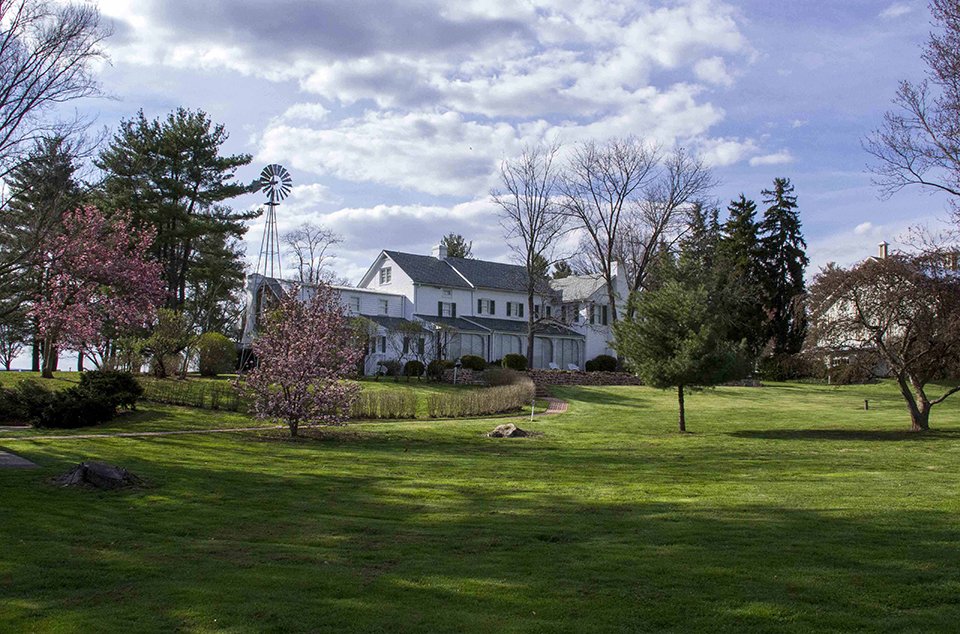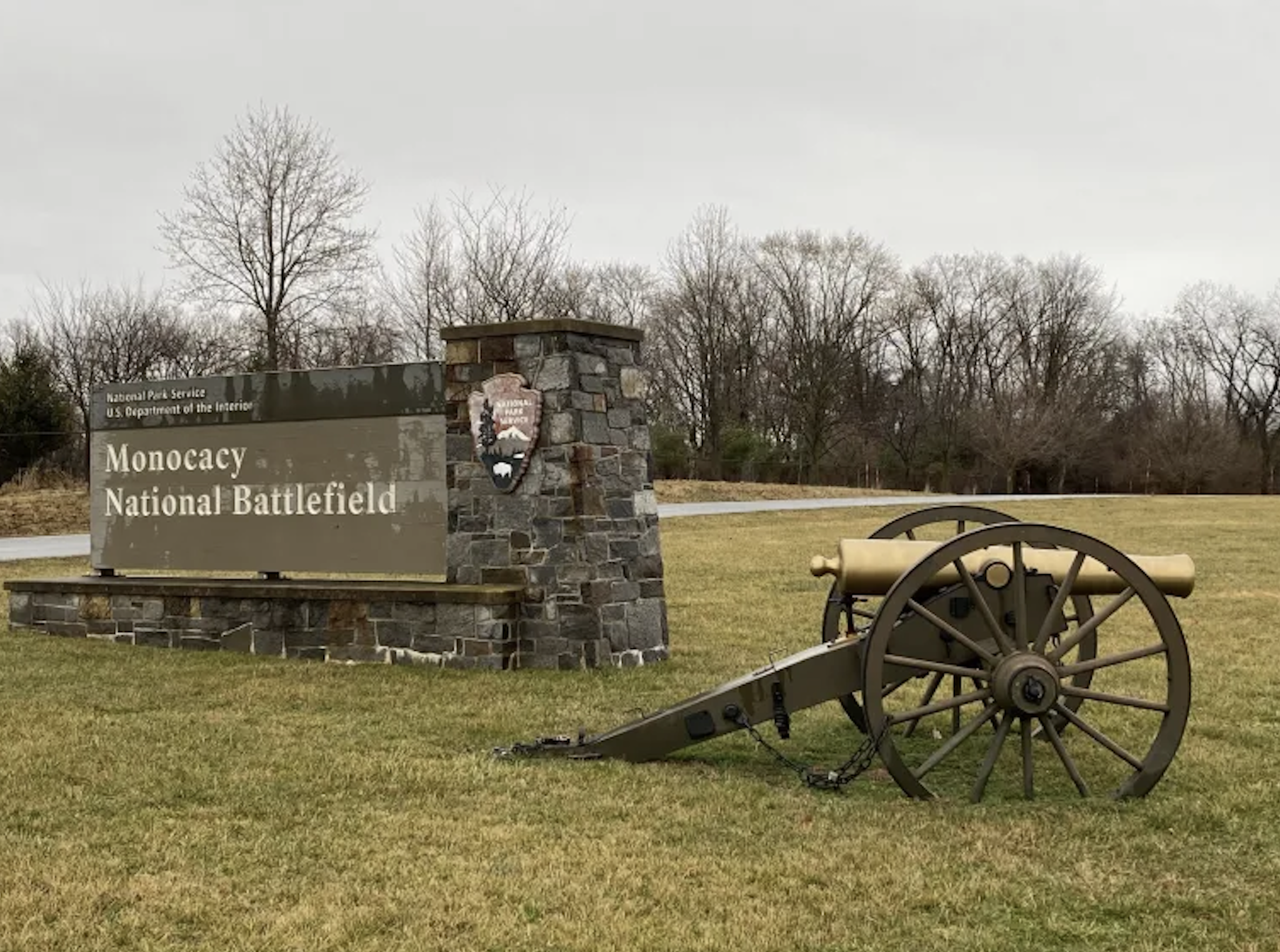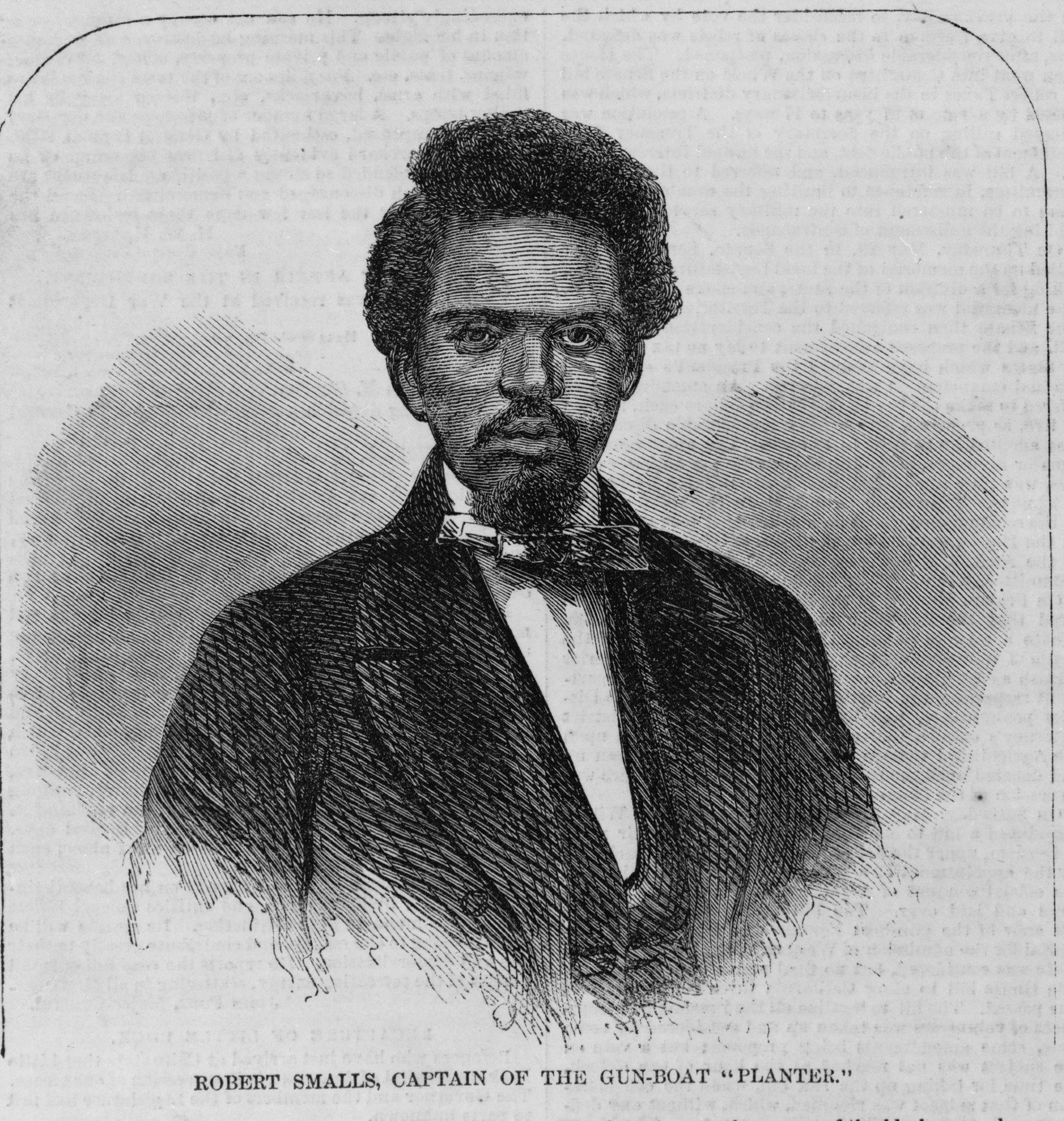Demonstrations of cannon fire will be offered at Shiloh National Military Park this weekend/NPS file
Compiled From NPS New Releases
By National Parks Traveler - March 28th, 2023
The impact of 24-pound Howitzers that the Union Army deployed during the Battle of Shiloh will be discussed this coming weekend as Shiloh National Military Park marks the 161st anniversary of the battle.
“The Shiloh battle anniversary activities from April 1 through April 15 will be our first signature event for 2023, and we invite everyone to come out to the park and remember the epic battle and the Americans who fought here in 1862,” said Acting Park Superintendent Stacy Allen.
On Saturday, April 1, Shiloh will present McAllister’s Battery Day at the park. Battery D, of the 1st Illinois Light Artillery, was one of the most conspicuous Federal artillery units that participated in the Battle of Shiloh. Led by Captain Edward McAllister, the unit also had the singular distinction of being armed with 24-pounder Howitzers.
Historians will portray McAllister's battery and teach visitors about the unique 24-pounder Howitzers they used in the battle. The crew will display the drill, the movement, and the ammunition used on an original 24-pounder Howitzer from the Starkville Civil War Arsenal.
Park rangers will lead car caravan tours to McAllister’s Monument twice on Saturday. Participants will learn about actions of McAllister’s Battery during the battle of Shiloh. All kids who attend this program will receive a McAllister Civil War trading card.
Cannon firing demonstration will be provided by the Shiloh Cannon Crew firing a 6-pounder Field Piece on Saturday, April 1, and Sunday, April 2. Visitors will learn about the implements, projectiles, and tools cannoneers used during the Civil War. Everyone is invited to see and hear a cannon being fired on the battlefield 161 years after the battle. The presentations will be 20 minutes in length with the gun being fired twice during each demonstration.
Artillery Weekend - McAllister’s Battery Day Saturday, April 1
10 a.m. – Organization of McAllister’s Battery (at Howitzer)
(Hear about the birth of the battery and its service through the battle of Fort Donelson)
10:30 a.m. – Introduction to the 24-pounder Howitzer (at Howitzer)
(Learn about the cannon and its projectiles and see cannoneers maneuver the gun)
11 a.m. – Firing the 6-pounder Field Piece (demo area)
(Experience a firing demonstration by the Shiloh Cannon Crew)
11:30 a.m. – Organization of McAllister’s Battery
(Hear about the birth of the battery and its service through the battle of Fort Donelson)
12 p.m. – Introduction to the 24-Pounder Howitzer
(Learn about the cannon and its projectiles and see cannoneers maneuver the gun)
12 p.m. – Car Caravan to McAllister’s Monument and talk “Action at Shiloh”
* Meet in front of the Visitor Center
12:30 p.m. – Firing the 6-pounder Field Piece
(Experience a firing demonstration by the Shiloh Cannon Crew)
1:30 p.m.– Organization of McAllister’s Battery
(Hear about the birth of the battery and its service through the battle of Fort Donelson)
2:00 p.m. – Introduction to the 24-pounder Howitzer
(Learn about the cannon and its projectiles and see cannoneers maneuver the gun)
2:30 pm – Firing the 6-pounder Field Piece
(Experience a firing demonstration by the Shiloh Cannon Crew)
3 p.m. – Organization of McAllister’s Battery
(Hear about the birth of the battery and its service through the battle of Fort Donelson)
3 p.m. – Car Caravan to McAllister’s Battery and talk “Action at Shiloh”
* Meet in front of the Visitor Center
3:30 pm – Introduction to the 24-pounder Howitzer
(Learn about the cannon and its projectiles and see cannoneers maneuver the gun)
4 p.m. - Firing the 6-pounder Field Piece
(Experience a firing demonstration by the Shiloh Cannon Crew)
Artillery Weekend Continued Sunday, April 2
11 a.m. – Firing the 6-pounder Field Piece
(Experience a firing demonstration by the Shiloh Cannon Crew)
1 p.m. - Firing the 6-pounder Field Piece
(Experience a firing demonstration by the Shiloh Cannon Crew)
2:30 p.m. – Firing the 6-pounder Field Piece
(Experience a firing demonstration by the Shiloh Cannon Crew)














